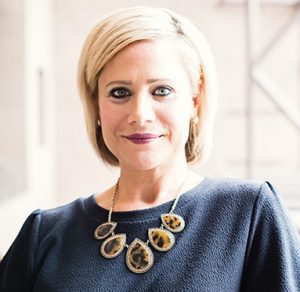January 2, 2024
Late last year, I had the pleasure of traveling to New York City to share best practices and proven techniques for effective brainstorms with a collection of communicators and marketers from across the country. I’ve designed and facilitated dozens of similar sessions over the years, and while each one is unique, there are a handful of rules I try to follow each time.
If you are planning a workshop or brainstorm for your team in 2024, here are four tips to keep in mind:
1. SET THE TONE FROM THE START. Most brainstorms or workshops are intended to be fun, so make sure you set that tone from the start. If you do it right, participants should be surprised at how fast the session went when it comes time to wrap up. Starting strong usually means having a really solid icebreaker or first exercise to get the creative juices flowing. If you haven’t dabbled with any AI tools yet, this could be a good opportunity to test them out to get some icebreaker ideas to help engage and entertain your team.
2. STRUCTURE & TIMERS ARE YOUR FRIEND. While it may seem antithetical to being creative, setting strict time parameters around each exercise will yield better results. Use your phone’s timer function to stick to the time you’ve allotted for each exercise. I generally plan an entire workshop down to the minute before I ever walk into the room or log on to the meeting – this includes all breaks, meals, etc. This ensures you get through everything you need to cover during your time together and can also help you get back on track if you do fall behind. You also want to make sure you schedule enough time at the outset to get through your full agenda. At a minimum, you should set aside 90 minutes for an effective brainstorm or workshop, but you could go up to a half day or more depending on the purpose and importance of the session.
3. MIX IT UP! Design the workshop to include a combination of individual and group exercises. This fosters an inclusive approach, as it helps both introverts and extroverts participate in a way that feels comfortable to them. I often design exercises that start with two or three minutes of individual brainstorming, then move to a group share and discussion portion. This ensures everyone participates but eliminates the feeling of being “on the spot” for those attendees who prefer a bit more personal reflection time.
4. HAVE THE RIGHT SUPPLIES. While the facilitator plays the biggest role in running a productive session, having the right supplies on hand is critical in determining the success of a brainstorm. My basic list always includes: a fully charged phone for timekeeping; a sticky pad flipchart and easel; stacks of sticky notes (one per participant); various colored markers for both the facilitator and participants (ballpoint pen is too hard to read from across the room when sharing); voting stickers (I use ones similar to these); name tents if all of the participants don’t already know each other; and icebreaker materials, as needed. You’ll also want to write out as many of the flipchart pages as possible before the event, which saves time during the session and makes your time together as efficient as possible.
There are also a handful of standard exercises I tend to use during each brainstorm or workshop, which I’ll save for a future post. But, if you’d like to talk about them, or have a brainstorm or workshop you’d like to have D&E facilitate for your team, drop me a line and let’s get those creative juices flowing.


